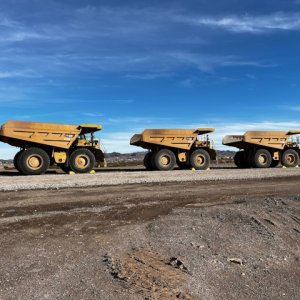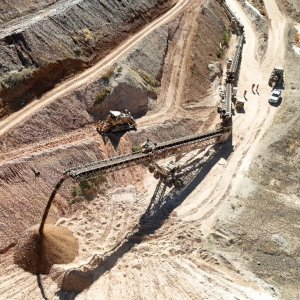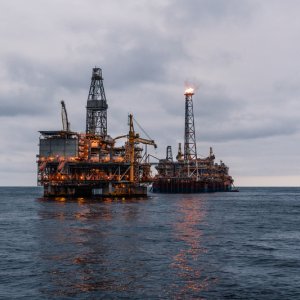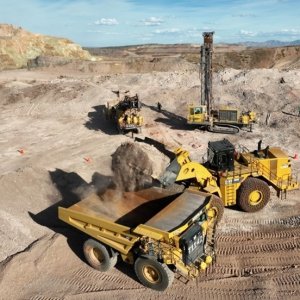Mechanical Improvement to Well Flow
Every year, the Mexican Petroleum Institute (IMP) launches around 200 new technological solutions at competitive prices through its in-house trained technicians. IMP’s endeavors have focused on areas such as providing technical solutions to reduce the production decline in mature fields and complex reservoirs such as those in Chicontepec. Among the projects developed to this end, IMP specialists have created the Venturi Flow Pattern Improver (MPFV), a mechanical device designed to address common problems that hinder efficient exploitation in marginal fields with low production. MPFV is installed on the edge of production pipes to improve oil and gas productivity as well as control sand and water production in wells with liquid overload problems. The device allows the restructuring of wells into a flow recovery system, as well as helping to increase the hydrocarbon recovery factor, reducing water production, and preventing the well from producing an unstable flow, while the MPFV does not require artificial production systems, foams, or chemical additives to work.
One of the problems that affect low production wells is their low energy. The MPFV optimizes and distributes the reservoir’s energy, adjusting pressure drops throughout the production pipe to elevate fluids from the downhole to the surface. This system is installed in the production pipe’s deepest point, creating a flow restriction and expanding gases, thus augmenting the flow speed. This causes the liquids to atomize and significantly reduces pressure drops associated with friction. The MPFV mechanical device reduces the need of pressure to displace fluids from the downhole to the surface, avoiding damage from high condensate saturation and unstable flows. IMP’s improved version has a new anchoring device and is more compact, enabling enhanced hydrocarbon recovery. Its installation is rather simple, as it has a fishing neck that enables it to work with steel tubes, reducing operational costs. Similarly, the MPFV has two pairs of wedges for upper and lower mooring that enable it to remain attached to the pipeline, and a hermetic system that keeps fluids where the primary and secondary expander that homogenize flow are located. Its ease of installation and maintenance add to the economic benefit of its application.
MPFV is currently being used in 500 wells across the country and its application has resulted in an average increase in natural gas production of 90mcf/d. The latest upgrade of the MPFV incorporates new technological developments from previous experiences working in fields at the Burgos Basin, the Chicontepec paleochannel, and other North Region fields, while it is now being applied in two pilot wells: Tajín-196 and Presidente Alemán-2098. These operations have tested the instrument’s potential to verify whether it could reach the established production increase targets in the aforementioned wells. The MPFV has already resulted in an average 13% production increase in Tajín-196. It prevented the rapid decline process common to this type of formation by maintaining the production platform stable during the first three consecutive months after its initial implementation.
















